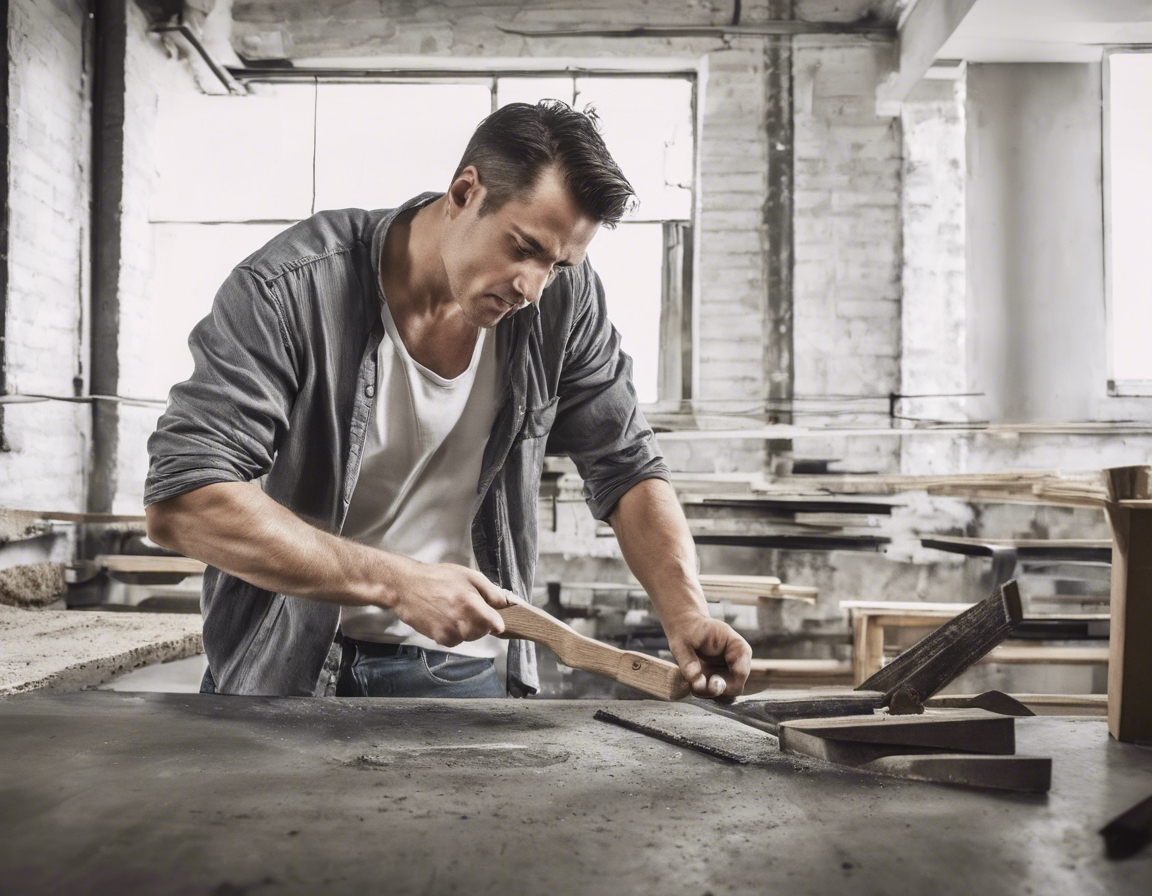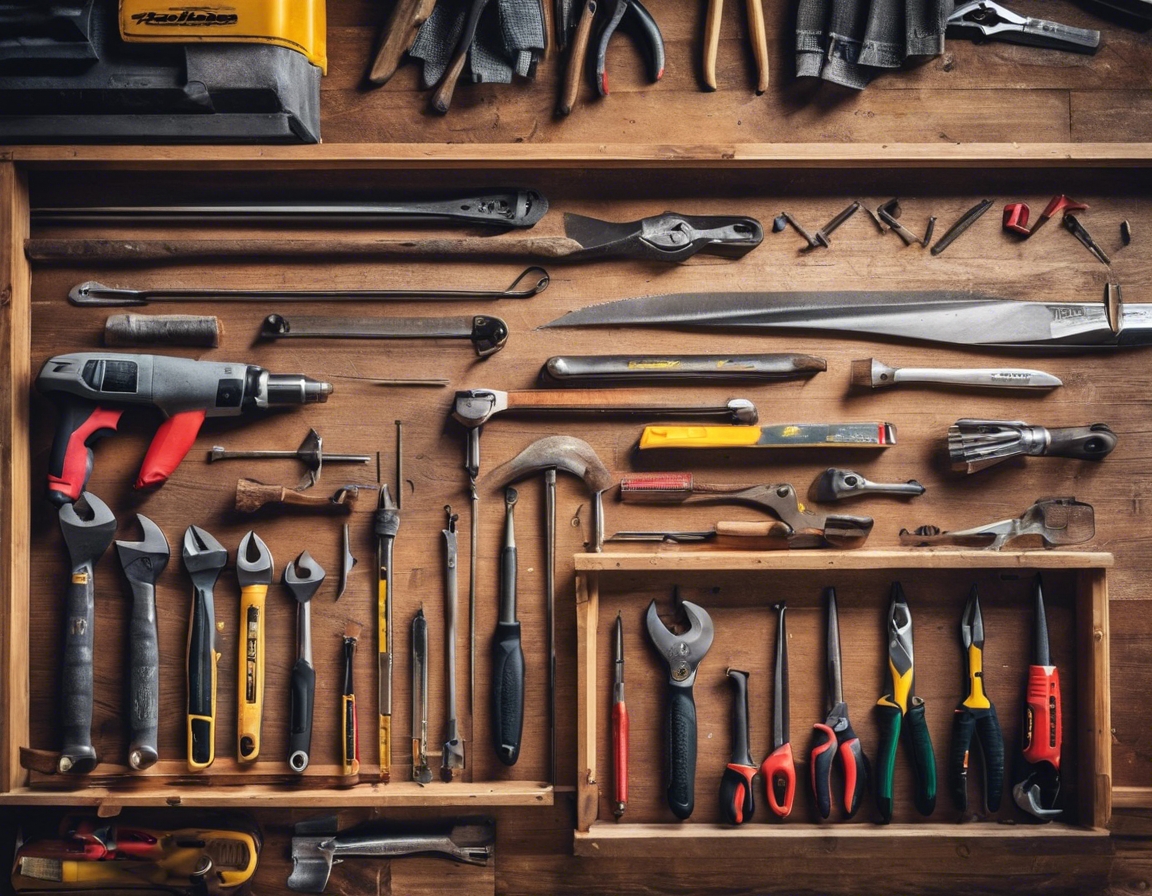5 essential tips for sustainable home building
As the world becomes increasingly aware of the environmental impact of traditional construction practices, sustainable home building has emerged as a crucial aspect of the modern real estate landscape. Building a home that is both environmentally friendly and energy-efficient is not just a trend; it's a responsibility that homeowners, real estate investors, and construction companies are starting to take very seriously.
Sustainability in construction involves using methods and materials that are environmentally responsible and resource-efficient throughout a building's life cycle. This approach minimizes the impact on the environment and promotes the health and well-being of the occupants.
Eco-friendly homes contribute to the reduction of carbon footprints, lower utility bills, and foster a sustainable future. They are designed to coexist harmoniously with the natural environment, promoting a balance between homebuilding and the responsible stewardship of our planet's resources.
Tip 1: Energy Efficiency
Proper insulation is the cornerstone of an energy-efficient home. It helps maintain a consistent indoor temperature, reducing the need for heating and cooling. Thermal mass materials, such as concrete or stone, can absorb and store heat energy, further stabilizing indoor temperatures.
Investing in energy-efficient appliances and HVAC systems can significantly reduce energy consumption. Look for products with the ENERGY STAR label to ensure you are getting appliances that meet strict energy efficiency guidelines set by the U.S. Environmental Protection Agency.
Tip 2: Sustainable Materials
Using renewable resources like bamboo, cork, and reclaimed wood not only reduces the depletion of non-renewable resources but also provides a unique aesthetic to the home. These materials are durable, versatile, and add a touch of natural beauty.
Recycled materials, such as recycled steel, glass, and plastic, reduce the need for raw material extraction and lower the overall environmental impact of the construction process. Low-impact materials, like locally sourced stone or recycled content products, minimize transportation emissions and support local economies.
Tip 3: Water Conservation
Water-efficient fixtures, such as low-flow toilets and showerheads, can drastically reduce water usage without sacrificing performance. These fixtures are an easy way to conserve water and are often simple to install.
Rainwater harvesting systems collect and store rainwater for non-potable uses like irrigation and flushing toilets. Greywater systems recycle water from sinks, showers, and washing machines for similar uses, further reducing the demand for freshwater.
Tip 4: Smart Design
Designing a home with the proper orientation and layout can maximize natural light, reducing the need for artificial lighting during the day. This not only saves energy but also enhances the living environment with the benefits of sunlight.
Creating multi-functional spaces and optimizing the size of the home can reduce the amount of materials needed for construction and the energy required for heating and cooling. Thoughtful design can make a smaller space feel larger and more open.
Tip 5: Renewable Energy Sources
Incorporating renewable energy sources like solar panels, wind turbines, or geothermal systems can provide clean, low-cost energy for the home. These technologies have become more accessible and affordable, making them a viable option for many homeowners.
Renewable energy systems can be seamlessly integrated into the design of a home, often becoming a feature that adds value and appeal. With careful planning, these systems can significantly reduce or even eliminate the home's reliance on traditional energy sources.





Comments (0)